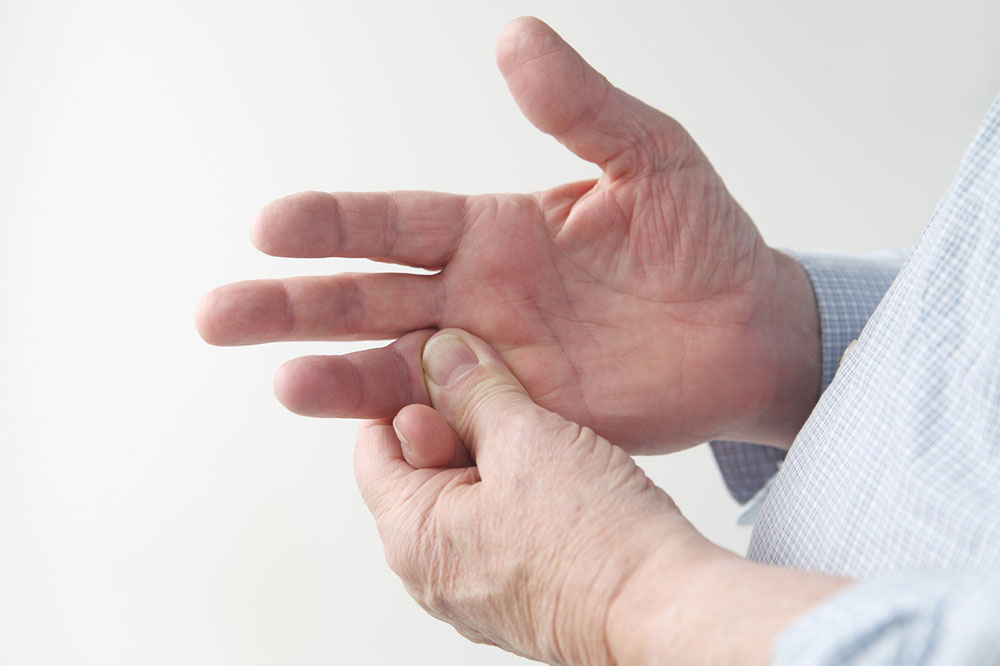5 mistakes to avoid to prevent water scarcity

The growing issue of water scarcity is no secret. With the rise of global warming and the ever-growing demand for natural resources, this problem poses a significant threat to humanity. While governments and other international bodies tackle this at a global scale, there are plenty of steps one can take to avoid water waste at a personal level. Read on to learn about five mistakes to avoid to prevent water shortages and other related problems.
Failing to fix leaks
Leaks in the showers, faucets, and even the toilet could result in the wastage of over 100 gallons of water per day. Not only can this rack up one’s water bills, but it can also cause significant environmental damage. Start by fixing all the leaks around the house.
Not investing in rainwater harvesting
Employing sustainable water management techniques at home can also be a great way to save water and reduce one’s bills. One way to do this is by setting up rainwater harvesting equipment. This process can allow the water table to recharge by moving the surface water to groundwater.
Those who aren’t keen on setting up major equipment in their homes can invest in a rain barrel or a water butt to collect and conserve rainwater and reduce utility bills.
Ignoring water-efficient bathroom accessories
Another mistake people make is overlooking the use of water-efficient bathroom accessories such as pressure-reducing valves, WaterSense-labeled faucets, high-efficiency toilets, etc. Installing these accessories can help conserve water and further reduce per-household water consumption by over 20%.
Forgetting to check water faucets and pipes for leaks
While fixing leaky faucets is important to conserve water, it is not enough. Even a small drip from a worn washer can result in the wastage of over 20 gallons of water per day. That is why people must also actively check their faucets and pipes for any signs of leaks. Here are some tips:
– Watch out for any damp spots around the walls or tiles, and have them inspected promptly.
– Add a few drops of food coloring to the flush tank. If this seeps into the toilet bowl without flushing, it indicates that the toilet is leaking and could waste over 100 gallons of water daily. Get it checked and fixed by a plumber as soon as possible.
– Turn off all the water faucets in the home and then check the water meter (after a couple of hours). If it is still running, there could be a water leak.
Taking long showers
Long showers and baths also result in a lot of water wastage. Reducing one’s shower even by just a minute per day can help conserve over 150 gallons of water annually. The solution to this is simple – take quick, short showers. Turn off the faucet while soaping up, and turn it back on to rise. Alternatively, consider getting a shower bucket to reduce water wastage. Not only can this cut down on water usage in the shower, but the graywater saved during the process could be recycled to wash the bathroom floors or the outside areas.
Similarly, avoid letting the faucet run while shaving or brushing the teeth, as this could help save over 150 gallons of water per week.







